News
Drill Cuttings Treatment Alternatives - A Comparative Emissions Assessment.
A case study assessing the CO2 footprint and NO2 emissions for different drill cuttings treatment alternatives.
2 February 2022
Published by Journal of Petroleum Technology (JPT), February 2022
By Gareth Innes, Jan Thore Eia, TWMA and Steinar Nesse, DNV
The offshore oil and gas industry has always been cognizant of its impact on the marine environment. The choices that operators make in how they operate, including the disposal of drill cuttings, must address an increasing number of environmental and climate targets in addition to those related to health, safety, and cost. As a typical well will produce approximately 1000 metric tons of oil-based drill cuttings, quantifying greenhouse-gas (GHG) emissions associated with the disposal and treatment of drill cuttings has become an essential step to achieving net-zero ambitions.
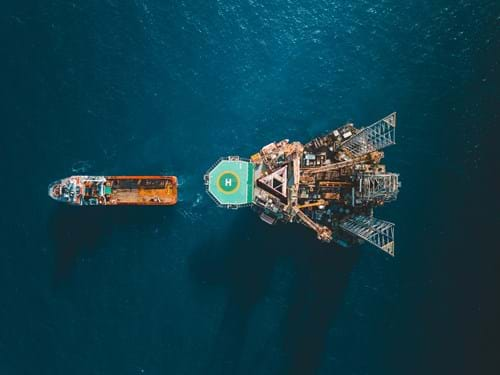
Since 1991 (1993 for fields in production), strict regulations relating to the discharge of oil-based drill cuttings have been in force under the OSPAR (Oslo/Paris) Convention. Those regulations banned the practice of discharge to sea of untreated oil-based drill cuttings and led to a situation where they were generally shipped to shore for treatment and disposal.
In 2020, TWMA engaged DNV, the independent energy expert and assurance provider, to undertake a comparative study between the company’s offshore thermal drill-cuttings treatment solution and conventional alternatives including “skip and ship,” bulk transfer, and cuttings reinjection (CRI) used on the Norwegian Continental Shelf (NCS). It is the first paper to show a direct emissions comparison between offshore processing and alternative methods implemented.
The study assessed the carbon dioxide (CO2) footprint and nitrogen oxide (NOx) emissions for each of the different alternatives. The values were then used to create an interactive emissions calculator that can easily be applied to specific projects to clarify the actual potential for emissions reduction within the drilling waste management process.
Background
Technological improvements, as well as cost focus on existing solutions, have meant that offshore thermal drill-cuttings treatment has been widely adopted in many offshore basins as one of the safest and most cost-effective approaches. In Norway, which was the subject of the study, adoption of the technology has been slower than in other countries, with onshore thermal treatment of oil-based cuttings applied as the predominant technique, while some fields use offshore slurrification and injection into dedicated disposal wells.
However, the cost of drilling new disposal wells and the track record of successful offshore thermal projects in other countries have improved the frame conditions for the use of offshore thermal treatment of cuttings on the NCS. It has also been demonstrated, in an earlier independent comparative study by Carbon Zero (SPE 207519), that the carbon footprint of skip and ship to shore of drill cuttings is 53% higher than that of drill-cuttings treatment at the wellsite (SPE 202639).
Comparative Assessment Alternatives
The main options for oil-based drill-cuttings treatment are offshore thermal processing or cuttings reinjection, both at source, and skip and ship or bulk transfer to shore.
TWMA’s thermal processing unit, TCC RotoMill (Fig. 1) is used to process oil-based drill cuttings, drilling fluid, and sludge associated with oil- and gas-drilling activities.
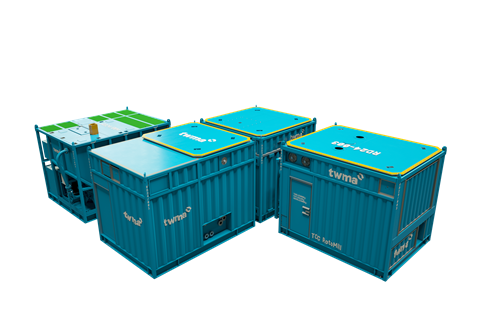
The technology uses a process of thermal desorption to separate drill cuttings and associated materials into their three constituent parts of oil, water, and solids for recycling and reuse or disposal. In an offshore environment, the hydrocarbon content in the recovered solids and water is well below most environmental limits for safe disposal and is therefore dischargeable to sea. Recovered base oil, which remains unchanged throughout the process, is reintroduced to the drilling mud system at source.
Cuttings reinjection is based on drill cuttings, slurrified with seawater, then injected under pressure into a dedicated drill-cuttings disposal well. Hence, one (or more) dedicated disposal well(s) is required.
Alternatively, skip and ship to shore is one of the most applied solutions in the NCS. Here, skips are utilized at the rig site to contain oil-based drill cuttings for transportation onshore. Typically, this could require more than 200 skips, each involving more than 12 crane lifts before reaching its final destination, amounting to more than 2,500 lifts per well. This activity also increases the likelihood of safety and environmental incidents.
In general, bulk transfer of drilling cuttings is similar to skip and ship. The main differences are that oil-based drill cuttings are pumped between storage tanks on the rig, vessel, and quayside rather than contained and lifted in individual skips.
With both skip and ship or bulk transfer operations, onshore treatment of oil-based drill cuttings is required and as such, emissions related to this must be considered.
Emissions Identification, Evaluation, and Conversion
To establish an emissions calculator and achieve an objective, fair, effective, and accurate way of assessing the emissions footprint of the different alternatives, several assumptions were made by DNV before boundaries were defined:
- All solutions would utilize a similar process for handling cuttings and fluids from the well prior to processing; therefore, emissions associated were neglected.
- All rig-site solutions would use rig power except for the thermal processing unit which has its own power-generation system.
Having established a scope and identified activities, emissions data for the different processes involved in each method were collected and reviewed. Key sources of data were literature and guidelines for emission studies, as well as specific emission and energy consumption data from primary sources.
Identified Relevant Operations
Data related to the emissions of each of these operational stages came from multiple sources such as rig contractors, onshore treatment suppliers in Norway, TWMA process data, and research institutes.
On and Offshore Power Generation
Emission factors for power generation for offshore operations were obtained for different rig power sources. This included values in kg CO2/NOx per kWh generated. Different options for power source offshore were included; gas turbine, marine diesel engine, power from shore (EU), and power from shore (Norway).
Emissions for operations onshore are linked to the energy sources that are being utilized. Therefore, the model includes different emission factors for variable energy sources. These include the EU energy mix, Norway energy mix, UK energy mix, and on-site diesel.
To calculate emissions for all alternatives to assess the different alternatives comparatively, all emissions were calculated as kg CO2 or kg NOx per tonne of cuttings treated/handled. Input data and emission factors for different activities and operations were also identified, evaluated, and converted for use in the model. Where possible, specific NOx factors have been used. Otherwise, activity-based NOx factors were used (for example, general rig factor or general supply ship factor).
Comparative Assessment
To compare the emissions of the different drilling-waste-management applications, a comparative assessment was performed using an emissions calculator, developed in Microsoft Excel to ensure user accessibility. This had two main functions: the baseline emission factors for different activities and the variable parameters for which the user can add project-specific data.
Three different scenarios were chosen for a comparative assessment of the emissions footprint for different alternatives. The comparative assessment focused on the total emissions of each alternative and on identifying main contributing activities of emissions for each alternative. The total emissions of the alternatives for treating/handling cuttings were then compared using parameters from the three different scenarios.
- Scenario 1: Same scope and parameters as used in a UK-based study from 2019 (SPE 207519)
- Scenario 2: Cuttings from the Ekofisk field with onshore treatment in Tananger
- Scenario 3: Cuttings from the Troll-field with onshore treatment in Ågotnes
A marine diesel engine is applied as the offshore power source for all scenarios, “EU power mix” for onshore, and a generic drilling rig for the CRI alternative in all scenarios, with 35 days for drilling an injection well with a capacity of 10000 tonnes of cuttings.
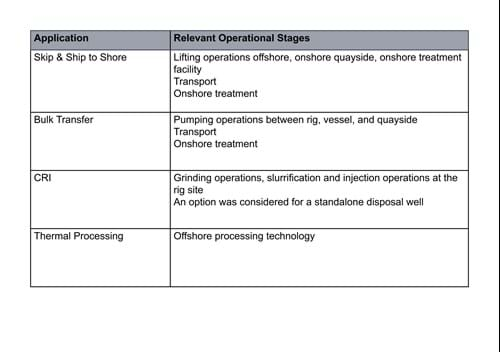
Summary of Results
The comparative assessment showed that the alternatives involving onshore treatment of drill cuttings were highly influenced by the distance to an onshore treatment facility. For all scenarios, onshore treatment activity contributes a significant amount of the emissions for these alternatives.
Use of offshore thermal processing technology showed the same level of emissions in all three scenarios, with 95 kg CO2 and 0.09 kg NOx emitted per tonne of cuttings treated. This method had the smallest emissions footprint and was based on the offshore power source; the alternatives have a fixed power demand per tonne of cuttings treated. The results yield an emission reduction of 14 to 48% compared with onshore alternatives.
It was also shown that emissions from skip and ship and bulk transfer procedures were highly dependent on sailing distances, as well as the power source for the onshore treatment facility and road transport distances.
The CRI alternative had the highest emissions of CO2 of all the scenarios—double that of the offshore thermal processing unit—with the majority of these emissions originating from drilling the disposal well. This related mainly to the number of days spent drilling, as well as the injection capacity of the disposal well. This method emits 205 kg CO2/tonne of cuttings to be injected. The emission of NOx was also relatively high for this alternative, with 1.92 kg NOx emitted per tonne of cuttings.
The results are examples only and will change among the alternatives depending on the actual project and the corresponding values applied in the variables function in the emissions calculator.
This case study is based on SPE 207519, which was presented at 2021 ADIPEC in November.
Link to original article published by the Journal of Petroleum Technology (JPT): Drill-Cuttings Treatment Alternatives—A Comparative Emissions Assessment (spe.org)
All the latest from TWMA
View all news
All the latest from TWMA
-
 News
NewsMeet the TWMA Team.
Want to learn more about life at TWMA in Norway? Discover how our strong partnerships with clients are helping deliver record-breaking drilling performance in Kristin’s recent Q&A:
05 June 2025 -
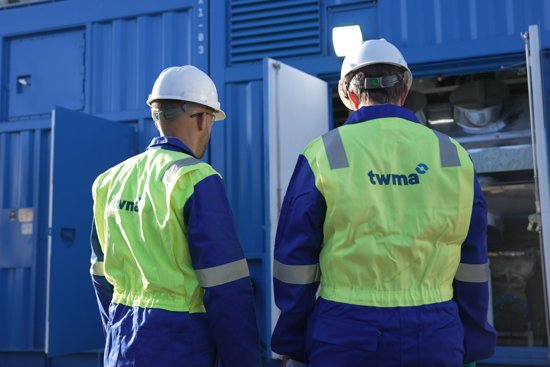 News
NewsTWMA Secures Major Contract with bp in the UK North Sea.
Drilling waste management specialist, TWMA, has been awarded a contract with bp to provide drilling waste management services in the UK North Sea. This agreement reinforces TWMA’s position as a trusted provider of innovative solutions to the global energy industry.
12 May 2025 -
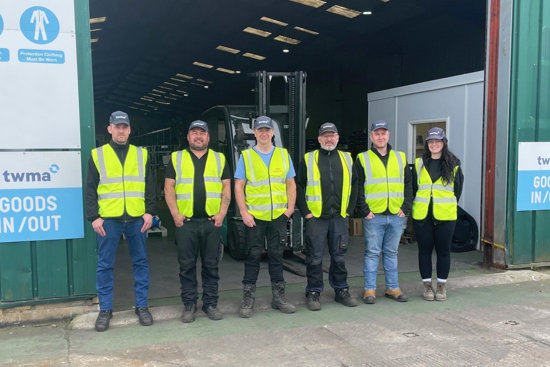 News
NewsTWMA Celebrates 10 Years LTI-Free at Tullos Materials Management Centre.
Drilling waste management specialist, TWMA, is proud to announce a significant safety milestone, 10 years without a Lost Time Incident (LTI) at its Tullos Materials Management Centre.
25 April 2025 -
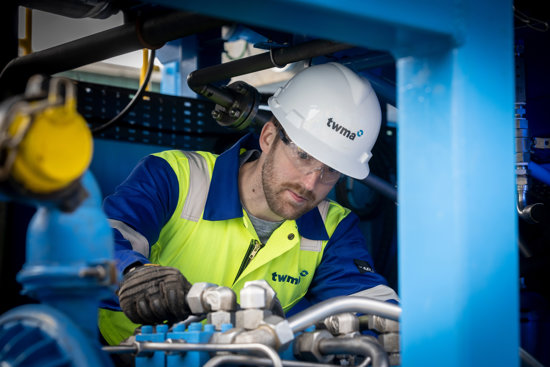 News
NewsTWMA Secures Three-Year Contract with TotalEnergies.
Specialist drilling waste management company, TWMA, has secured a three-year contract with TotalEnergies UK for its renowned drilling waste management services, marking the continuation of a long-term relationship between the two companies.
01 April 2025 -
 News
NewsTWMA to Share Green Transition Strategies at SPE/IADC International Drilling Conference and Exhibition.
Specialist drilling waste management company TWMA is set to participate in the upcoming SPE/IADC International Drilling Conference and Exhibition.
04 March 2025 -
 News
NewsTWMA announces Fourth Quarter Revenue of $18 million.
Specialist drilling waste management company, TWMA, has published its Fourth Quarter results for 2024, with revenue of $18m and EBITDA of $5m.
27 February 2025 -
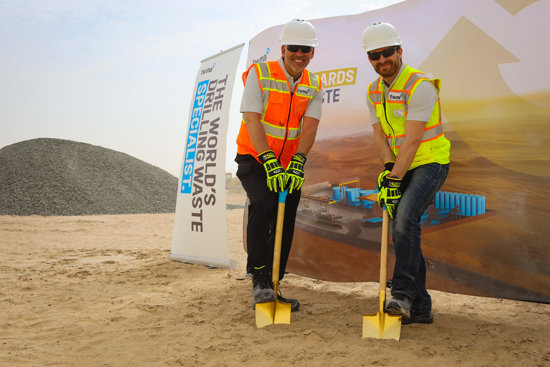 News
NewsTWMA Breaks Ground on Unrivalled Drilling Waste Management Facility.
TWMA, a global leader in drilling waste management, has officially broken ground on its latest facility in Habshan, Abu Dhabi.
26 February 2025 -
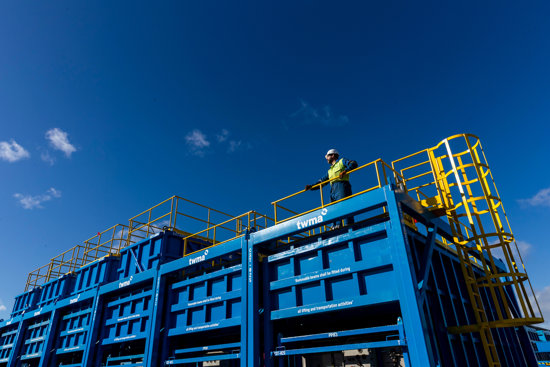 News
NewsTWMA Partners with Multinational Operator for Inaugural Exploration Project in Egypt.
Drilling waste management specialist, TWMA, has announced a landmark partnership with a multinational energy operator for its inaugural exploration project in Egypt.
18 February 2025 -
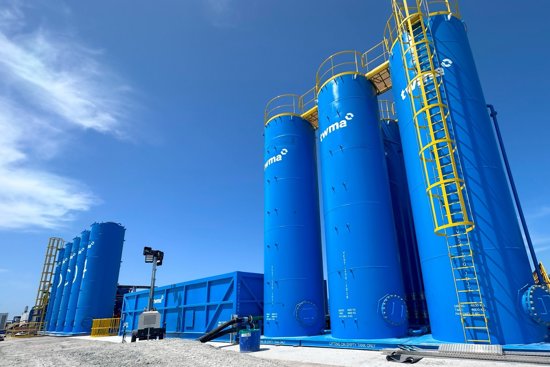 News
NewsTWMA’s Regional Impact Recognised in Prestigious Awards.
Offshore drilling waste management specialist, TWMA Middle East Limited, has been announced as a finalist in the 2025 Oil & Gas Middle East Awards.
30 January 2025 -
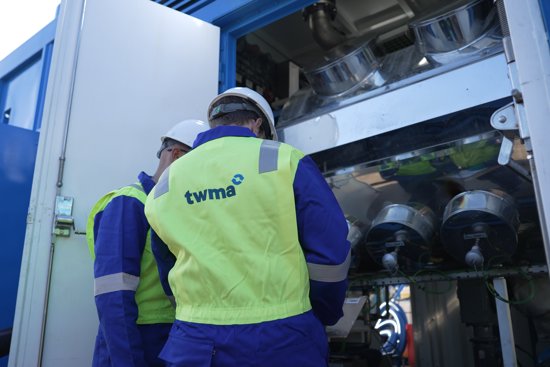 News
NewsSustainable Drilling Waste Solutions Recognised in Prestigious Industry Awards.
Specialist drilling waste management company, TWMA, has been announced as a finalist in this year’s SPE Offshore Achievement Awards.
10 January 2025 -
 News
NewsTWMA Celebrates 5 Years in the North Sea Without Lost Time Incident (LTI).
Drilling waste management specialist, TWMA, is proud to announce the remarkable achievement of 5 years without a Lost Time Incident (LTI) across its North Sea operations.
10 January 2025 -
 News
NewsMeet the TWMA Team.
Princy Rajan shares her valuable insights and wealth of experience in a recent Q&A:
13 December 2024 -
 News
NewsTWMA Appoints New Group Commercial Director to Drive International Growth.
Specialist drilling waste management compnay, TWMA, has announced the appointment of Jonathan Parkes as its new Group Commercial Director.
09 December 2024 -
 News
NewsTWMA named as Driving Sustainability Finalist for 2025 Northern Star Business Awards.
TWMA has been shortlisted for the Driving Sustainability Award at the 2025 Northern Star Business Awards.
05 December 2024 -
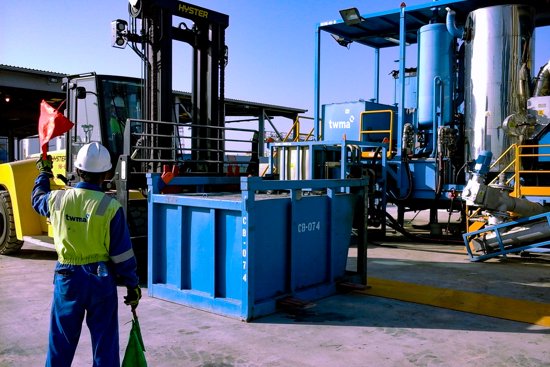 News
NewsTWMA announces Q3 revenue of $18million
Specialist drilling waste management company, TWMA, has reported its third quarter 2024 revenue of $18million and an EBITDA for continuing operations of $4.9million.
28 November 2024 -
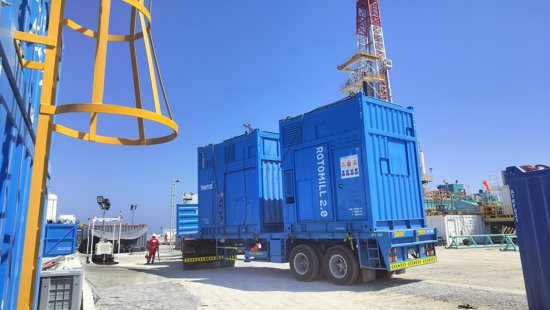 News
NewsTWMA Expands Middle East Operations Following $70 Million Contract Win.
Specialist drilling waste management company, TWMA, has announced a significant contract win with a leading UAE operator.
30 October 2024 -
 News
NewsMeet the TWMA Team.
Pierre-Marie Hinden shares his valuable insights and wealth of experience in a recent Q&A:
18 October 2024 -
 News
NewsTWMA Opens New Office in Cairo, Egypt.
TWMA is pleased to announce the opening of its new office in Cairo, Egypt, further solidifying our presence in the country and reinforcing our commitment to the MENA region.
03 October 2024 -
 News
NewsMeet the TWMA Team.
Ryan Bowron shares his valuable insights and wealth of experience in a recent Q&A:
10 September 2024 -
 News
NewsTWMA to Showcase Innovations at Pareto Securities' 31st Annual Energy Conference.
05 September 2024 -
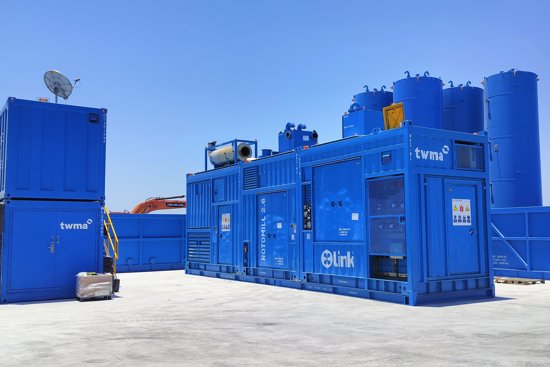 News
NewsTWMA Announces Second-Quarter Profit of $4.9million.
Specialist drilling waste management company, TWMA, has posted its second quarter 2024 earnings of $19.5million and operating profit of $4.9million.
02 September 2024 -
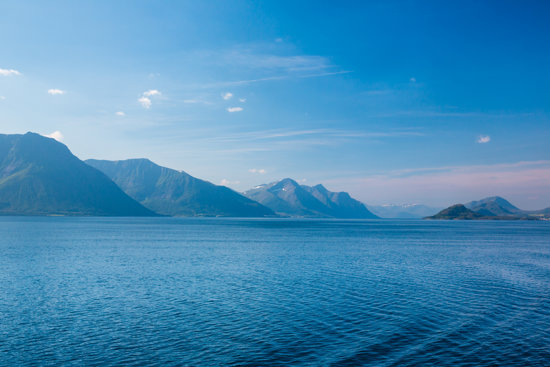 News
NewsTWMA Secures Contract Extension with Equinor.
TWMA has successfully secured the first of five available contract extensions with Equinor, a major development that could extend their collaborative efforts until May 31, 2034.
13 June 2024 -
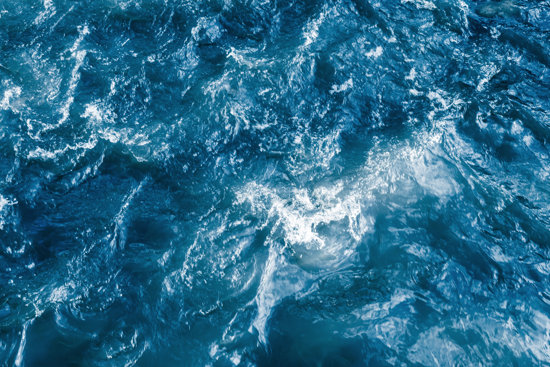 News
NewsTWMA Announces Continued Growth with First-Quarter 2024 Results.
Specialist drilling waste management company, TWMA, has posted its first quarter 2024 earnings of $18.3million and EBITDA of $4.7million.
31 May 2024 -
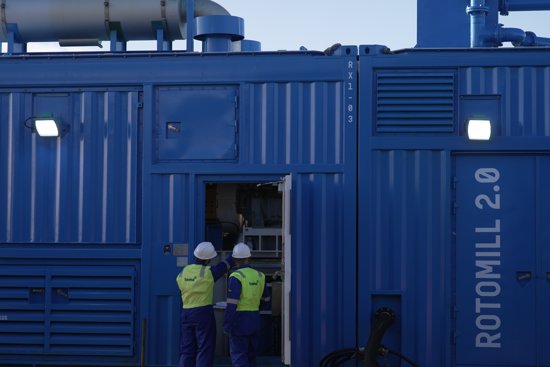 News
NewsTWMA Announces Strong Growth Following Annual Results.
TWMA posted its annual results (year ended to December 31, 2023) reporting an increase in turnover to $70.9million from $67.8million.
20 May 2024 -
 News
NewsTWMA Celebrate Award Success for Global Impact.
Drilling waste management specialist, TWMA, has been announced as this year’s Going Global winner at the prestigious Northern Star Business Awards.
22 April 2024 -
 News
NewsTWMA Announces Closing of $62.5 Million Sustainability Linked Bond.
Specialist drilling waste management company, TWMA, announced that it has closed on a $62.5 million Sustainability Linked Bond on the Nordic ABM in Oslo.
13 February 2024 -
 News
NewsMiddle East Award Nomination for RotoMill Technology.
Specialist drilling waste management company, TWMA, has been announced as a finalist in the prestigious Oil and Gas Middle East Awards for its latest generation of RotoMill technology.
06 February 2024 -
 News
NewsTWMA named as Going Global Finalist for 2024 Northern Star Business Awards.
Specialist drilling waste management company, TWMA, has been shortlisted for the Going Global Award at the 2024 Northern Star Business Awards.
22 November 2023 -
 News
NewsTWMA to double Middle East operations following $100 million contract win.
Specialist drilling waste management company TWMA has secured a $100 million contract for a major sour gas development in Abu Dhabi.
03 October 2023 -
 News
NewsJoin the Specialists at ADIPEC.
Join TWMA at ADIPEC in hall 8 on stand #8410 from 2-5 October in Abu Dhabi.
28 September 2023 -
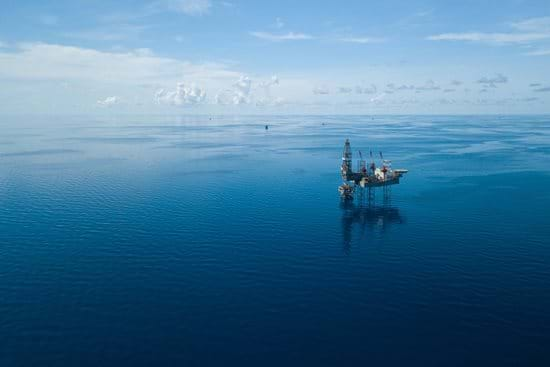 News
NewsTWMA secures major contract with Norwegian giant Equinor.
20 September 2023 -
 News
NewsTWMA to present innovations at Pareto Securities' 30th Annual Energy Conference.
19 September 2023 -
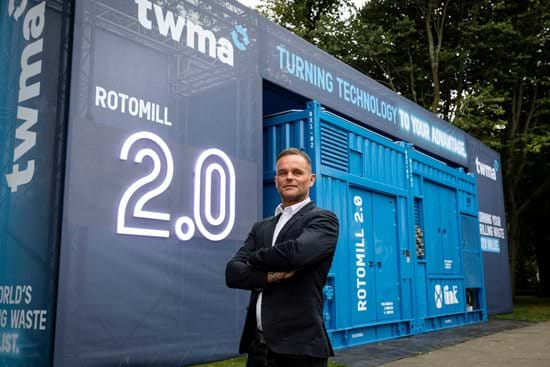 News
NewsTWMA launches RotoMill 2.0 wellsite processing solution.
07 September 2023 -
 News
NewsTWMA secures bp Egypt contract worth $15 million.
TWMA has been awarded a contract worth up to $15 million to support a large-scale oil and gas project for bp in Egypt.
14 August 2023 -
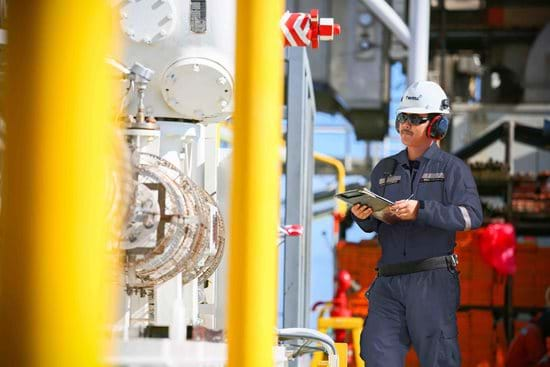 News
NewsTWMA Middle East celebrates milestone of 5 million work hours without lost time incident (LTI).
TWMA, the specialist drilling waste management company, has achieved 5 million work hours lost time incident (LTI) free across its Middle East operations.
02 August 2023 -
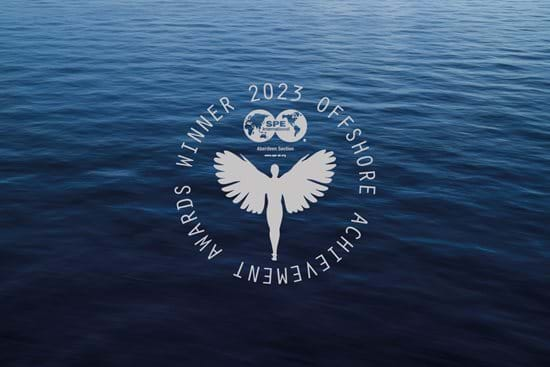 News
NewsTWMA decarbonisation efforts recognised with win at Offshore Achievement Awards.
TWMA, the drilling waste management specialist, received the Carbon Reduction in Conventional Assets award at the 2023 Offshore Achievement Awards.
20 March 2023 -
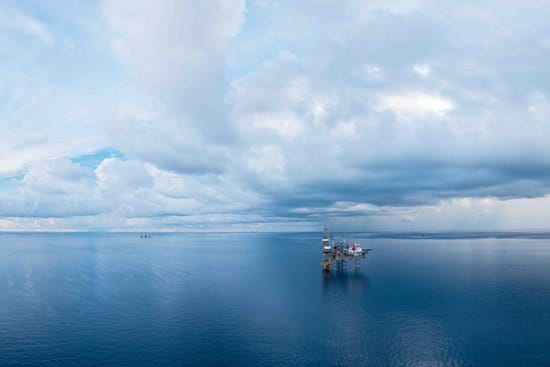 News
NewsTWMA secures seven-figure contract with North Sea operator.
Specialist drilling waste management company, TWMA, has secured a seven-figure contract with a major North Sea oil and gas operator.
02 March 2023 -
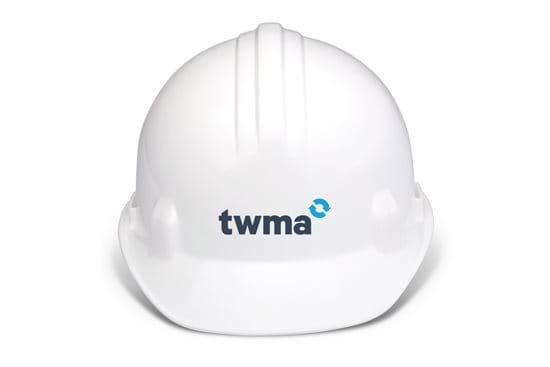 News
NewsTWMA celebrates reaching 4.5 million work hours LTI free in the Middle East.
TWMA, the specialist drilling waste management company, has achieved 4.5 million work hours lost time incident (LTI) free across its Middle East operations.
02 February 2023 -
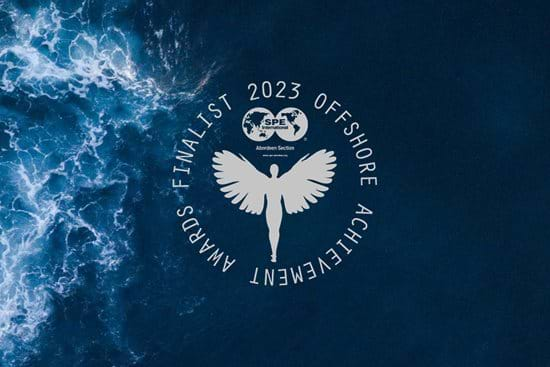 News
NewsTWMA named as Carbon Reduction in Conventional Assets finalist for 2023 SPE Offshore Achievement Awards.
Specialist drilling waste management company, TWMA, has been shortlisted for the Carbon Reduction in Conventional Assets Award at this year’s SPE Offshore Achievement Awards.
18 January 2023 -
 News
NewsTWMA launches XLink™ real time monitoring and automation solution at ONS.
TWMA, has launched its new XLink™ solution, designed to provide oil and gas operators with increased automation, deeper insights and real time data monitoring to improve the efficiency of their wellsite drill cuttings processing system
31 August 2022 -
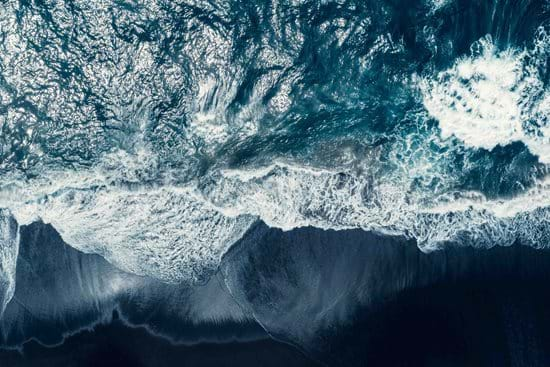 News
NewsDrill Cuttings Treatment Alternatives - A Comparative Emissions Assessment.
A case study assessing the CO2 footprint and NO2 emissions for different drill cuttings treatment alternatives.
02 February 2022 -
 News
NewsTWMA reaches key UAE milestone as it achieves API Q2 Certification.
Specialist drilling waste management company TWMA has secured the American Petroleum Institute (API) Q2 accreditation for its UAE operation, the first quality management system (QMS) certification for service suppliers in the oil and gas industry.
18 January 2022 -
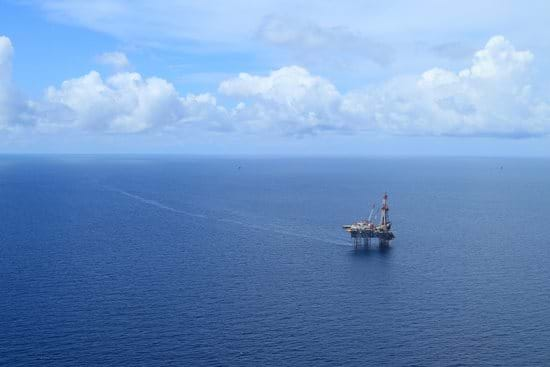 News
NewsCase Study: A wellsite processing solution proven to lower carbon emissions.
Specialist drilling waste management company TWMA highlights how its wellsite processing solution has been proven to reduce the carbon emissions of oil and gas drilling operations by 50%.
10 January 2022 -
 News
NewsTWMA’s wellsite processing solution proven to reduce carbon emissions of drilling operations by 50%.
Specialist drilling waste management company, TWMA, will highlight how its wellsite processing solution has been proven to reduce the carbon emissions of drilling operations by 50% at this year’s ADIPEC.
16 November 2021 -
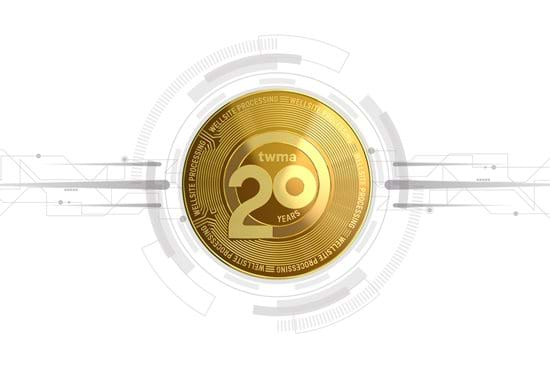 News
NewsTWMA Celebrates 20 Years of Offshore Processing.
TWMA celebrates 20 years of offshore processing, delivering the gold standard in wellsite technology application and operational excellence.
15 July 2021 -
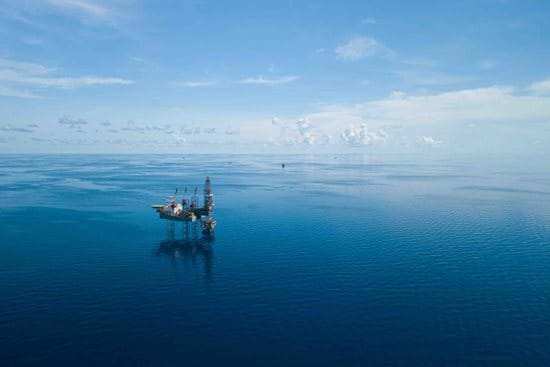 News
NewsTWMA awarded three-year extension for Aker BP's Valhall Flank Project.
TWMA, the specialist drilling waste management company, has been awarded a three-year contract extension to supply integrated waste management services for Aker BP’s Valhall Flank North and Hod B field development projects on the Norwegian Continental Shelf (NCS).
16 June 2021 -
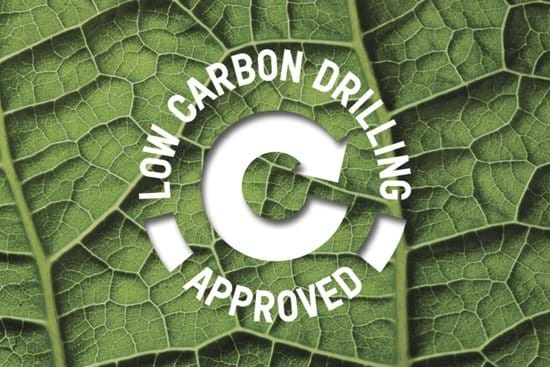 News
NewsTWMA Named as Net Zero Award Finalist for SPE Offshore Achievement Awards.
Specialist drilling waste management company, TWMA, has been shortlisted in the Net Zero category at this year’s SPE Offshore Achievement Awards.
06 May 2021 -
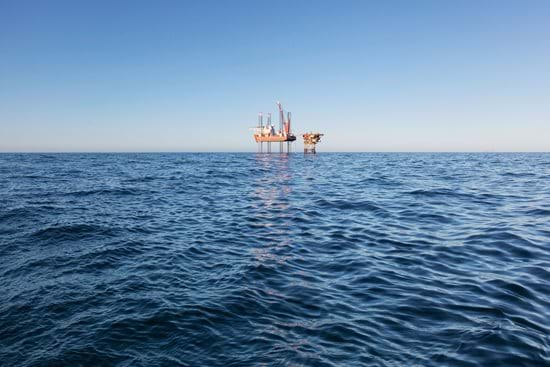 News
NewsTWMA secures first contract with Spirit Energy at Grove field.
Specialist drilling waste management company, TWMA, has secured a seven-figure contract with leading exploration and production company, Spirit Energy.
25 February 2021 -
 News
NewsTWMA’s move to new global HQ in Aberdeen to support growth plans and new technology roll outs.
Specialist drilling waste management company, TWMA, has secured new headquarters in Aberdeen to support business growth and deliver remote operations for its customers.
04 February 2021 -
 News
NewsNorth east classrooms refreshed and charities uplifted by TWMA’s office donations
TWMA has used an office upgrade as an opportunity to uplift local schools and charities.
03 December 2020 -
 News
NewsDrill into the low carbon benefits of processing at source
31 August 2020 -
 News
NewsTWMA reaches 9 years LTI free operations in Egypt
Drilling waste specialist, TWMA, has reached the milestone of nine years Lost Time Incident (LTI) free operations in Egypt across its sites in Cairo and Alexandria.
11 May 2020 -
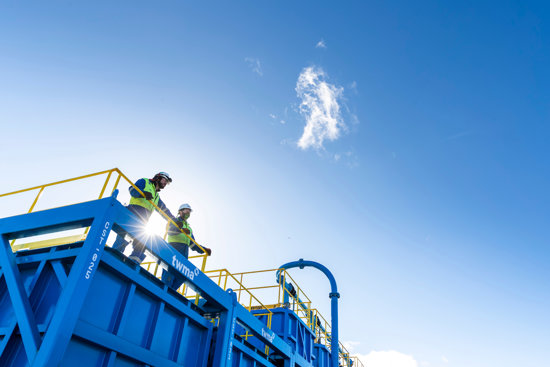 News
NewsTWMA adapts equipment to provide critical service to major operator in UAE
Drilling waste specialist, TWMA, has adapted its onsite drilling waste handling equipment to support safe operations for a major operator as it manages through the current crisis.
29 April 2020 -
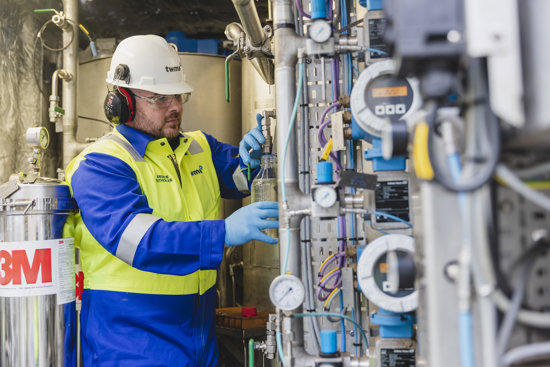 News
NewsThe benefits of processing drill cuttings at the rig site
When it comes to defining the methodology for drill cuttings treatment, it is now possible to materially reduce costs, improve safety, and lower the carbon emissions of drilling projects.
19 March 2020 -
 News
NewsTWMA appoints new CEO
Specialist drilling waste management company, TWMA, has announced the appointment of Halle Aslaksen as its new CEO.
19 February 2020 -
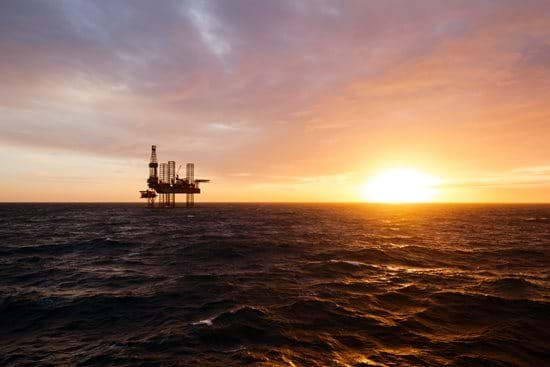 News
NewsOptimising financial and environmental gains with at source drilling waste management
Water-based and non-aqueous drilling fluids (NAF) and associated drill cuttings are the largest waste streams generated from global offshore drilling operations.
21 November 2019 -
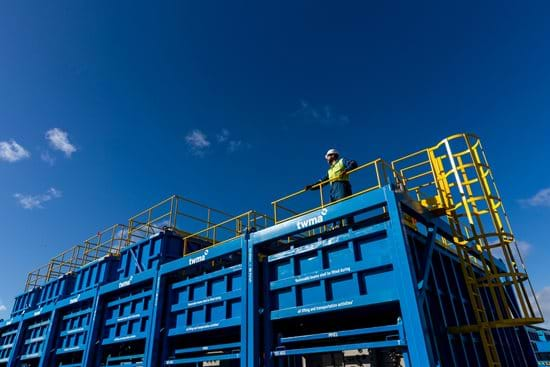 News
NewsTWMA secures £20 million of North Sea contracts
Specialist drilling waste management company, TWMA, has secured new contracts valued at £20 million in the North Sea in the first eight months of 2019.
04 September 2019 -
 News
NewsTWMA achieves 12 months LTI free
Specialist drilling waste management company, TWMA, has reached 12 months lost time incident (LTI) free operations.
27 June 2019 -
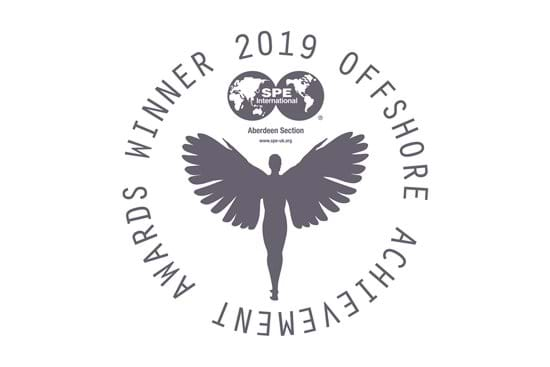 News
NewsTWMA named as Great Company (Large) at 2019 Offshore Achievement Awards
TWMA, provider of specialised drilling waste management services, has won the Great Company (Large) Award at this year’s Society of Petroleum Engineers (SPE) Offshore Achievement Awards (OAA).
22 March 2019 -
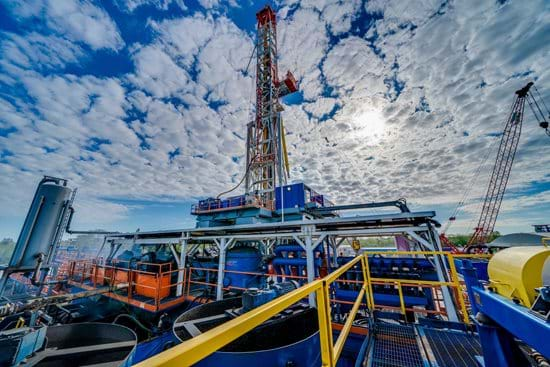 News
NewsTWMA Maintains Growth Strategy, Acquires US Service Company
TWMA, provider of specialised drilling waste management services, has announced its acquisition of US-based Dynamic Oilfield Services in an eight-figure deal.
20 June 2018